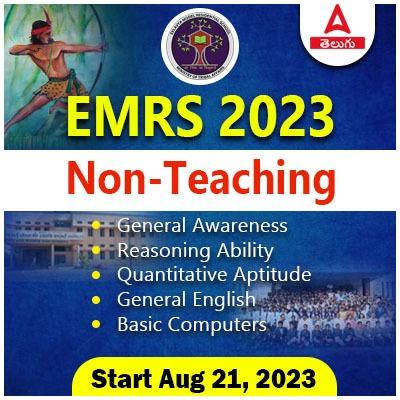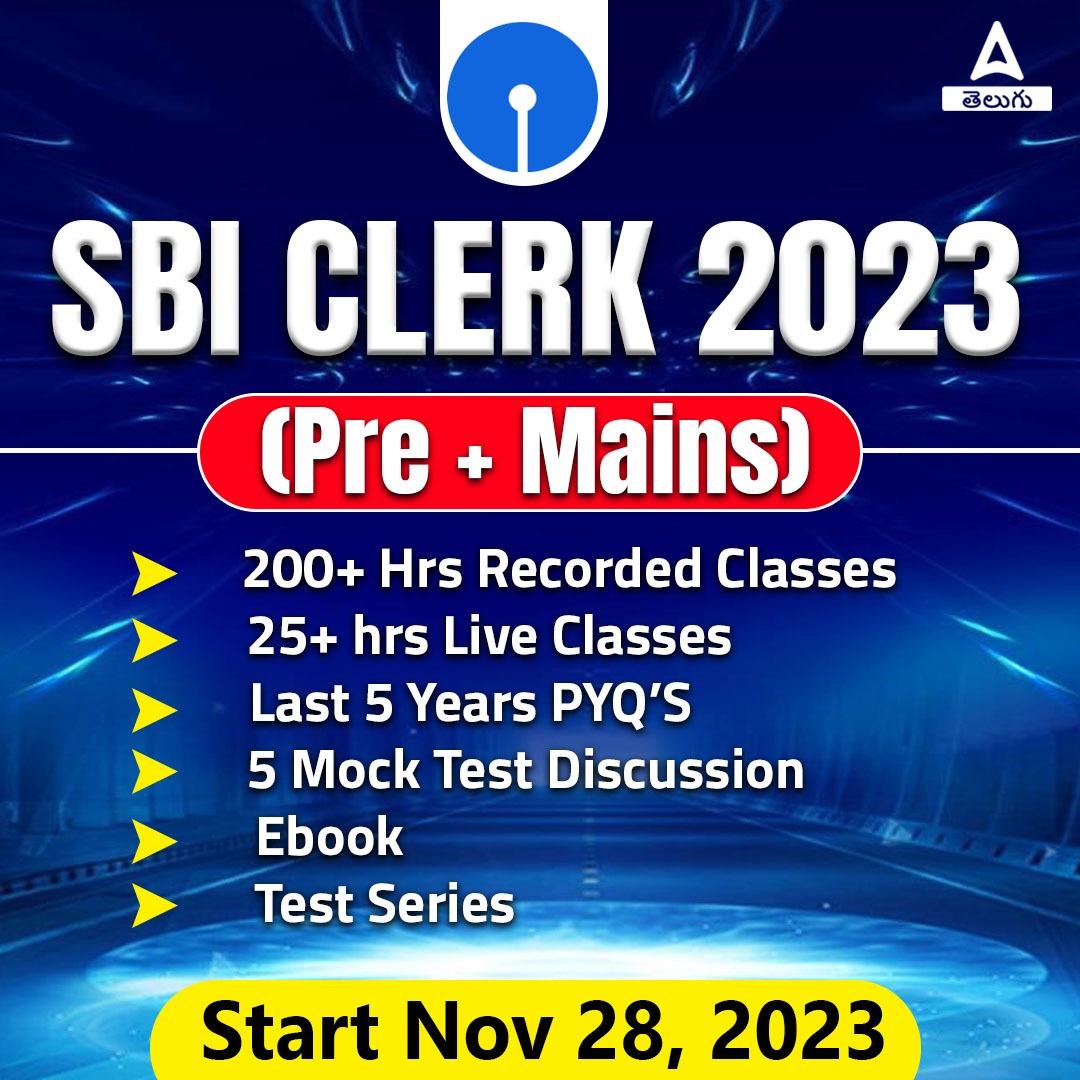Addapedia Editorial: Daily News Editorial PDF: Hello Aspirants ADDA 247 is back with Editorial Analysis in English. your daily source for in-depth news coverage and insightful editorial analysis. In this section, we comprehensively examine the latest national and international events, current affairs, and the historical context behind today’s most pressing topics. Our goal is to provide you with a well-rounded perspective on the news, helping you understand not just the headlines, but the intricate details and background that shape our world. This ADDAPEDIA Editorial Analysis will help you understand the National and International events Current affairs and the background of a particular topic. This comprehensive News analysis will help you in Clearing CA and Interview for many exams.
Adda247 APP
Aadhaar biometric data access will aid forensics
Context
The Aadhaar Act’s provisions on core biometric information help in protecting privacy, there is a compelling case in re-evaluating these restrictions in specific contexts. This restriction poses challenges in identifying deceased individuals, especially those from marginalised backgrounds.
Introduction
The Unique Identification Authority of India (UIDAI) has strict regulations about the disclosure of data in order to protect a person’s right to privacy and ensure that there is no misuse of personal data. In the normal course of events, the police do not have access to either demographic or biometric information in the Aadhaar database. While Section 33(1) and 29(1) ensures that the Aadhaar Act permits the disclosure of certain information under an order of a court not inferior to that of a High Court judge. Section 33 itself make it very clear that “core biometric information”, which includes fingerprints and iris scans, cannot be shared with anyone for any reason.
UIDAI Regulations
- The UIDAI enforces stringent data privacy regulations to protect individual privacy and prevent misuse of Aadhaar data.
- Under Section 33(1) of the Aadhaar Act 2016, permits the disclosure of certain information under an order of a court not inferior to that of a High Court judge, Section 29(1) and the provision to Section 33 itself make it very clear that “core biometric information”, which includes fingerprints and iris scans
- This strict confidentiality limits police access to Aadhaar’s biometric data, even for investigative purposes.
Characteristics of Deceased and Unidentified Individuals
- Socio-Economic Disadvantage and Migrant Status: In case of deceased individuals who are unknown, but investigation by the police later show that they are mainly from economically disadvantaged backgrounds.
- Socially Isolated and access to justice: Some are daily wagers in the informal sector or are migrants moving between districts and States. They also involve individuals who have strained family relationships.
- Living Conditions: The unidentified bodies are either homeless people or those living in on highways, victims of hit-and-run accidents without identification documents or mobile phones, or those with mental health issues and travelling to unfamiliar places.
Challenges in Identification Procedures
- Examination and Documentation: When an unidentified body is discovered, the body is examined, photographed, and distinguishing features such as tattoos, scars, or deformities are noted.
- Evidence collection: Investigators collect evidence from the scene, review CCTV footage, analyse phone records, and share information with local police, border districts, and media outlets.
- Cross-Check the Missing persons reports: Investigators compare the findings against any prior missing person reports.
- Invaluable aid to identification: Even in cases where a body is severely decomposed, fingerprints can still be retrieved by experts — the ridge pattern-bearing skin of the fingertips is retrieved and placed in a solution of formaldehyde.
Way Forward
- Verification under Bharatiya Nagarik Suraksha Sanhita (BNSS): After verification of the FIR registered regarding the unidentified body under Section 194 of the Bharatiya Nagarik Suraksha Sanhita (earlier Section 174 of the Code of Criminal Procedure and which deals with police inquiry when information is received regarding unnatural deaths) should not, ideally, require a High Court order (as required by Section 33 of the Act).
- Judiciary orders: It can be the order of the jurisdictional judicial magistrate. This reduces the burden on the higher judiciary in handling cases where access does not raise concerns about violations of privacy.
- Ensuring Dignity: Through well-defined and legally sound mechanisms, this approach ensures the dignity of both the living and the deceased.
Conclusion
Tracing the identities of the deceased using all legal means is not just a practical necessity for law enforcement agencies aiming to uphold public safety. It is rooted in the right to life, which extends beyond mere animalistic existence. The law must safeguard this right for all individuals, particularly for those from poor, marginalised, and socially disadvantaged backgrounds, who already face unequal access to the criminal justice system.
Adda247 Telugu YouTube Channel
Adda247 Telugu Telegram Channel
| Adda247 Telugu Home page | Click here |
| Adda247 Telugu APP | Click Here |















